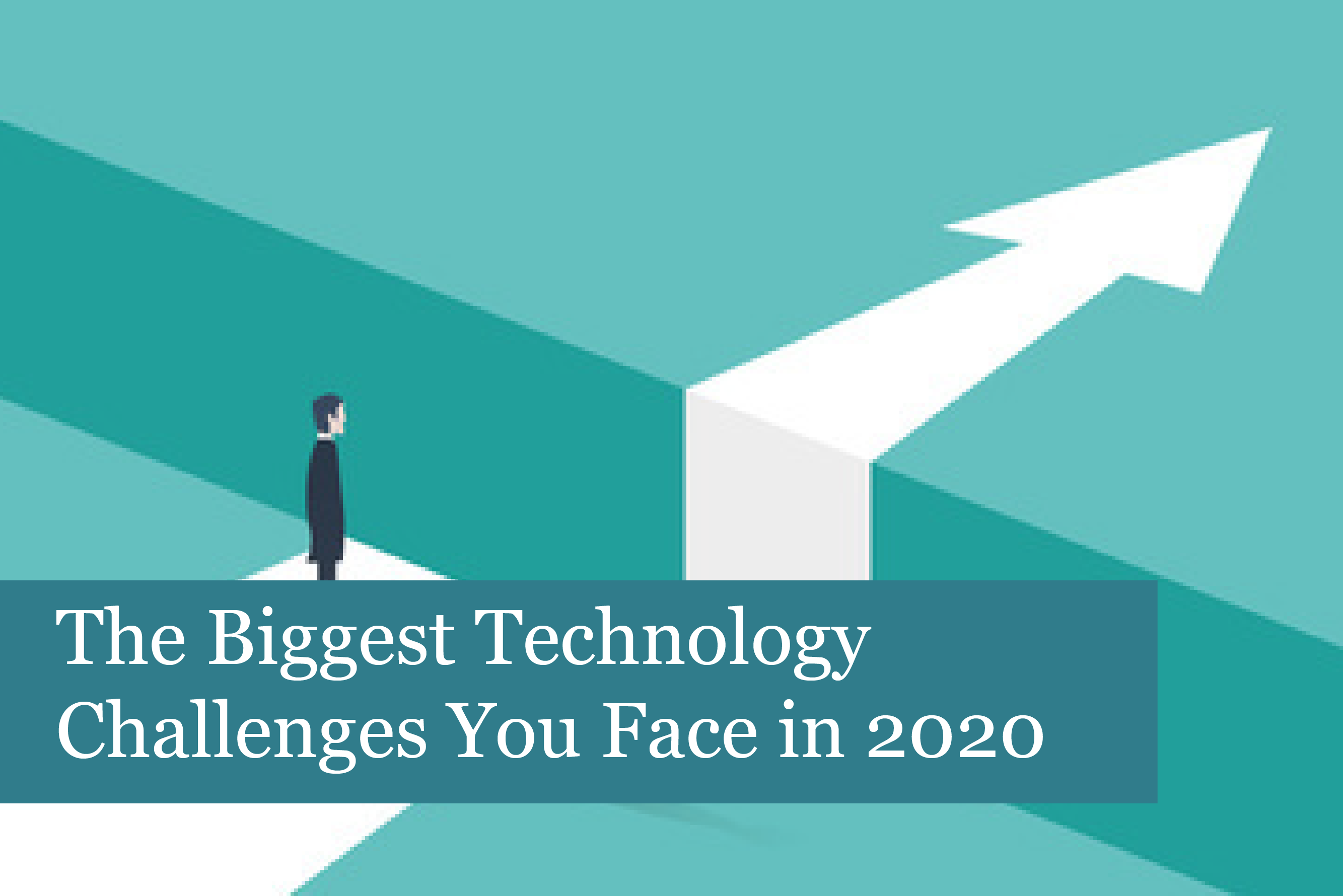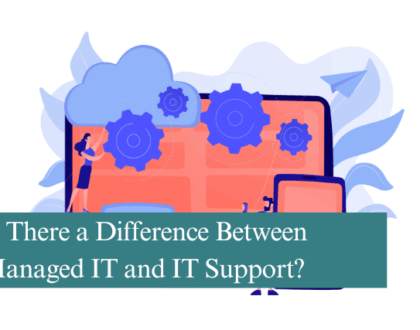
2020 is expected to bring new advances in technology, new solutions and systems to help businesses increase their productivity and help find new approaches to work. Along with new advances, however, the year ahead will also present businesses with technology challenges.
Data Security & Consumer Privacy
The past few years have seen an increase in the protection of consumer privacy and data security. The responsibility for these issues now mostly falls on businesses. Regulations, such as the GDPR, have also caused huge changes with how businesses can use consumer data. This has become quite a challenge for most businesses.
The new CCPA (California Consumer Privacy Act) is another new regulation to bring companies into compliance with the way they handle consumer data. Lack of compliance with these regulations will lead to loss of confidence from consumers, bad publicity and more.
As a result, businesses will need better oversight of how consumer data is used throughout their company, including marketing platforms, websites, databases and more.
In addition, companies face increasing cyber attacks from hackers intent on obtaining a ransom, stealing valuable data and more. Data security will continue to be another significant issue for businesses in 2020.
Staying Up to Date on Security Issues
Security is one of the more important tech challenges facing all businesses in the coming year. Ransomware continues to be a huge problem, with businesses falling victim to this type of attack every 14 seconds. And it’s only predicted to get worse in the coming year. Every business will need to invest in a strong cybersecurity solution. It’s only a matter of when a company will be attacked, not if.
Many companies are beginning to adapt such security measures as password managers and authentication measures. While this is great, these are only the first steps to better security.
Security issues that will continue to plague companies include ransomware attacks, data protection and more. These types of cyber crimes are growing in number, making it clear that businesses need to step up their cybersecurity with additional solutions beyond password managers, etc.
Balancing the Digital Divide
The digital divide will continue to be a challenge for many companies this year. So far, the problem has been the younger employees quickly adapting new technology, while older employees resist the changes that come with new tech. However, there’s another digital divide that businesses will have to deal with—it’s employees who tend to use apps and other tech not supplied by the company.
According to a study by Gartner, Millennials are less likely to approach IT support teams through conventional means. In fact, the study shows about 53 percent of those Millennials surveyed, who work outside of the IT department, said their first recourse to solve a digital problem is to seek the answer online.
In addition, Millennials are more often inclined to use applications and devices not provided by their company, even if this isn’t supported. They are strongly attached to the tools they use and believe these are better than those supplied at work.
The danger here is that employees can unknowingly put their company in harm’s way by using unauthorized, and possibly not secure devices and applications. Not only are these security risks that could lead to ransomware attacks, etc., but the practice of using unauthorized tech can also lead to data breaches, company information being compromised, including client data.
These are challenges in the ongoing issue of the digital divide that continues into the year ahead.
When to Upgrade or Keep Older Technology
New technology continues to be released at a fast pace. While these changes are welcomed, sometimes they can present problems. For instance, when a company is happily using a device or software and an upgrade comes along, the upgrade can wreak havoc on IT networks with bugs and other problems.
Knowing when to upgrade is fast becoming a challenge for many businesses. How do you know when to embrace the upgrade or not? For instance, Windows 7 was a great OS; however, it’s end of life passed on January 14th, 2020. Even so, there are still many businesses relying on this legacy OS. Upgrading may present specific problems for some company’s whose entire systems are based on this software. Upgrading can also present a huge expense, which could cause a loss of functions not supported in the new tech.
There are many questions—will the new tech work with legacy systems? Will staff need additional training to use the upgraded tech? There’s a lot to consider when making such large changes to the network, devices, etc. The choice to upgrade or not often comes down to the cost involved and whether or not the business can continue to run all the functions it requires.
Hiring IT Professionals or Outsourcing IT Support
With technology changing so quickly, companies are having a difficult time finding and hiring skilled IT professionals. As technology changes, the qualifications and skills needed to run networks also change, leading to professionals who have high salary requirements. It’s also a challenge to find those IT specialists with the knowledge needed for new tech. There are options, however, such as outsourcing IT services, which an be a more cost-effective option.
Businesses are having a hard time deciding whether or not to keep their in-house IT employees or whether it might be better to outsource these services. There are pros and cons to both options; however, outsourcing could be a better option for many small- to medium-sized businesses. For one thing, there’s no need to pay salaries when outsourcing IT support. Plus, an IT support team can do all the maintenance, while monitoring the system 24/7. This can be a great option for companies who need more security, for instance.
Another issue for some businesses, especially those such as financial institutions, is the need to stay in compliance. Skilled, specialized techs are needed to maintain compliance. Again, outsourcing to an IT support company may be a better option, rather than having an in-house team. The reason is that the burden of compliance and being certified falls on the support provider, rather than the business. Again, another benefit for the company if they choose to outsource IT services.
These are some of the major challenges that businesses are facing in 2020. It’s an exciting time with technology changes coming almost daily. The new advances will bring beneficial changes and increase productivity at the same time. However, it’s good to remember there are some challenges that come with new technology.
Recommended Posts

Is There a Difference Between Managed IT and IT Support?
13th June 2025


